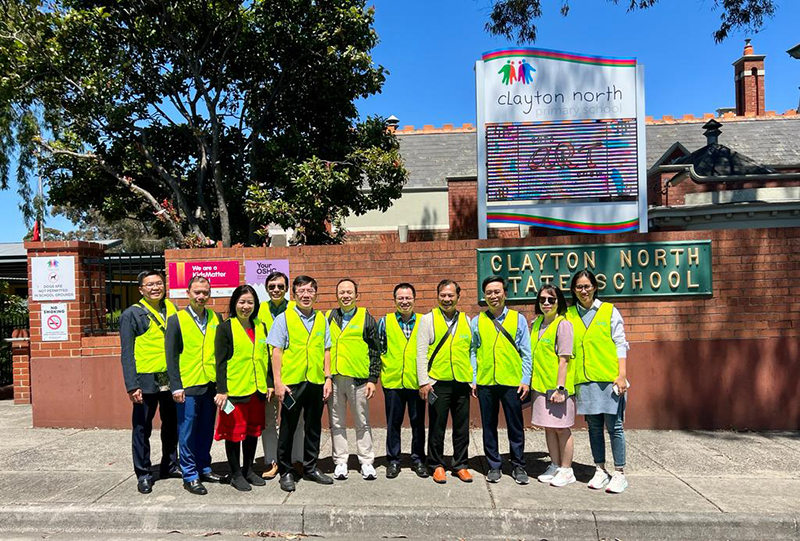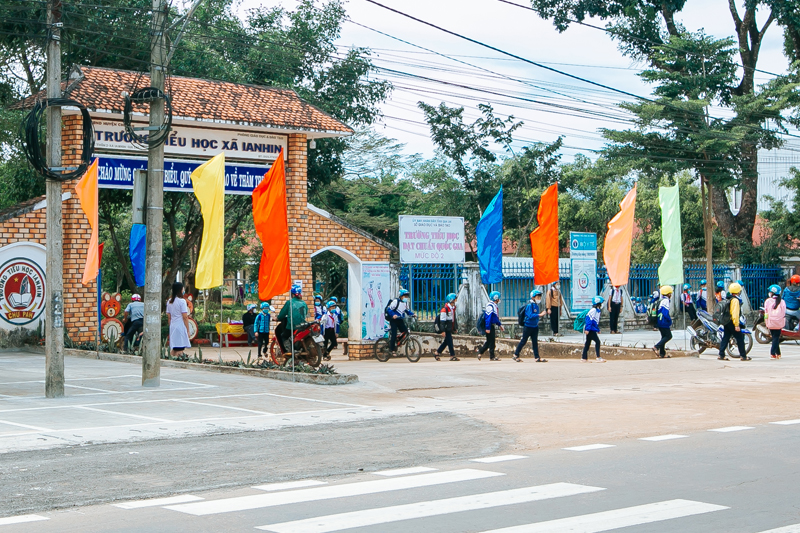Canadian public health practitioners advocate for safe and healthy journeys to school
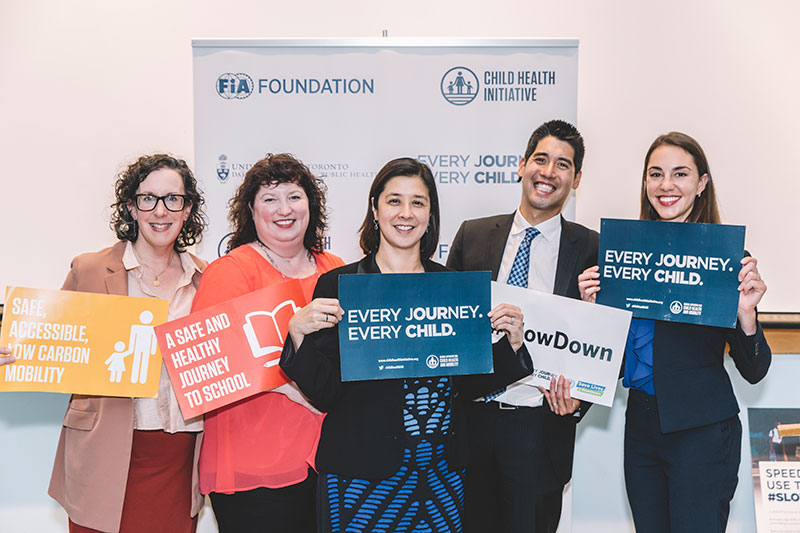
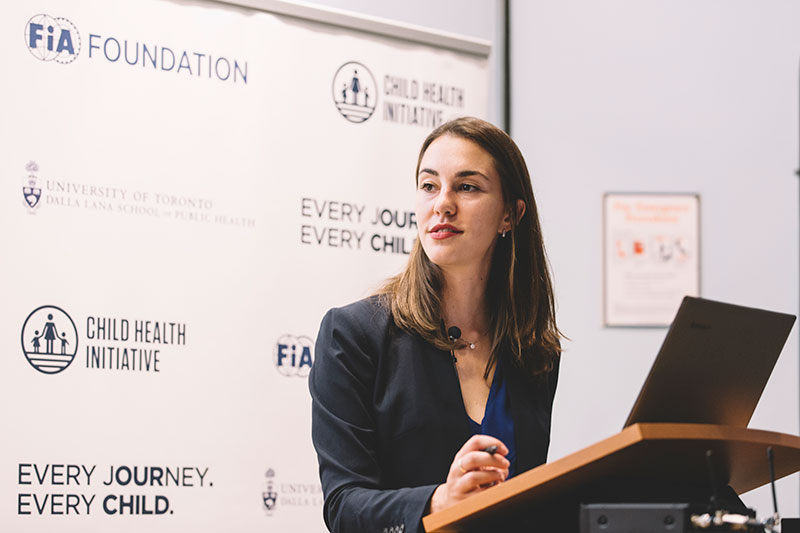
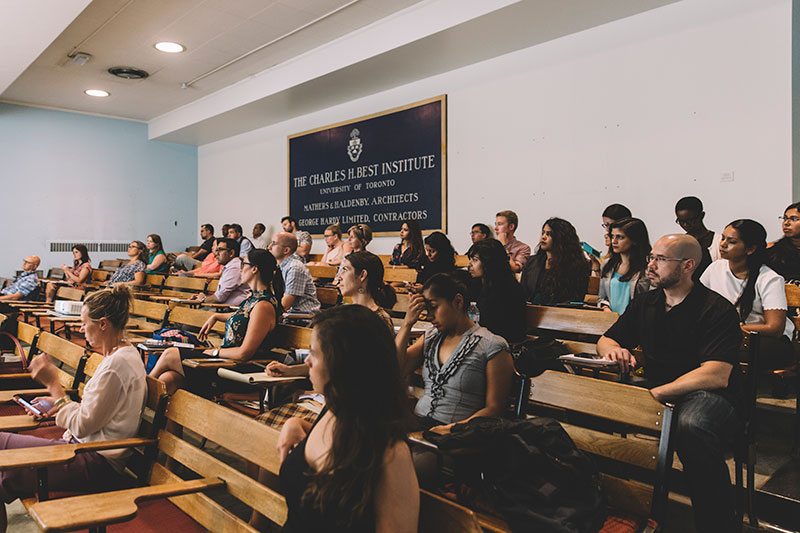
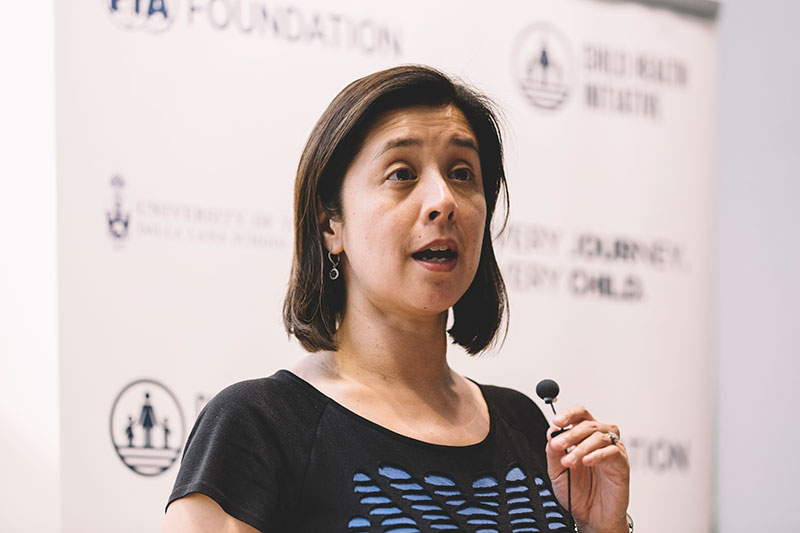
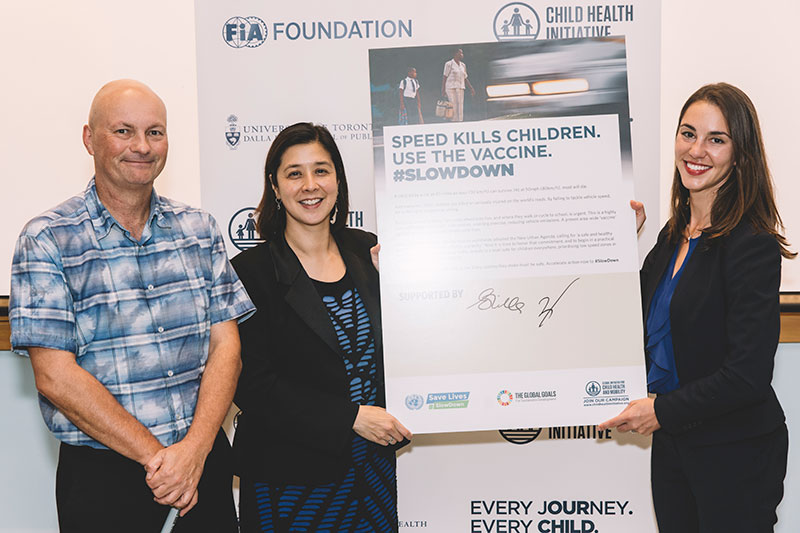
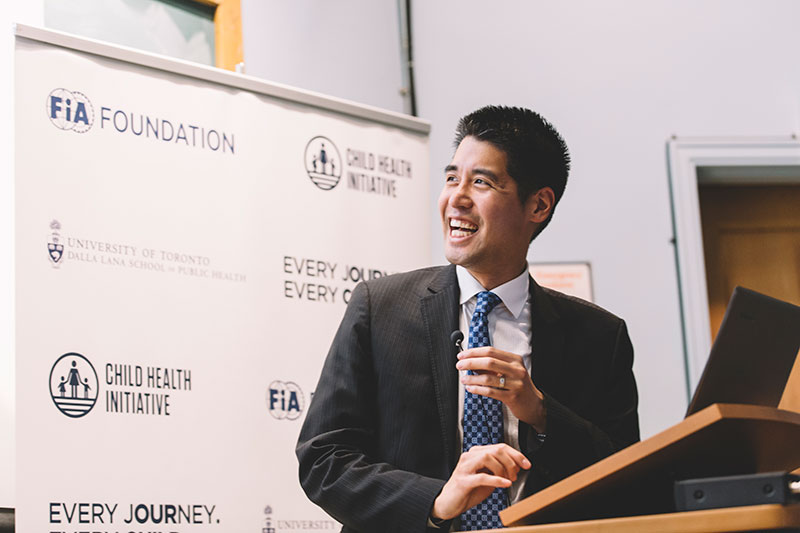
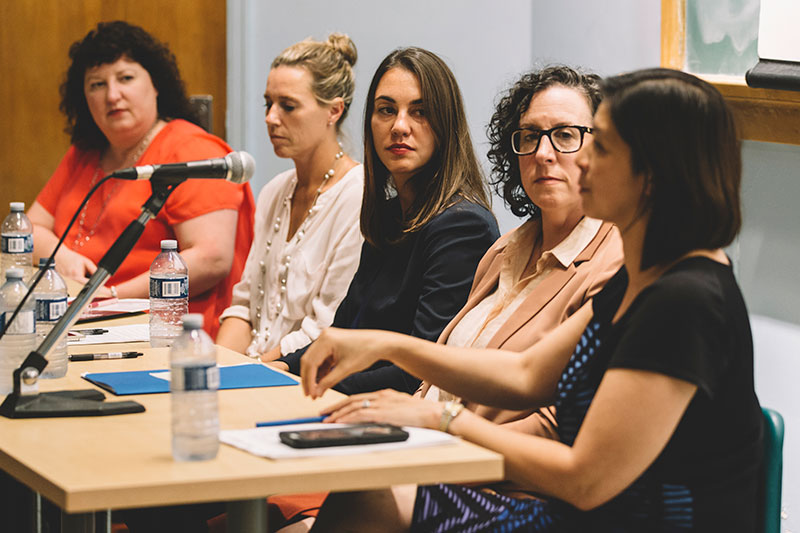
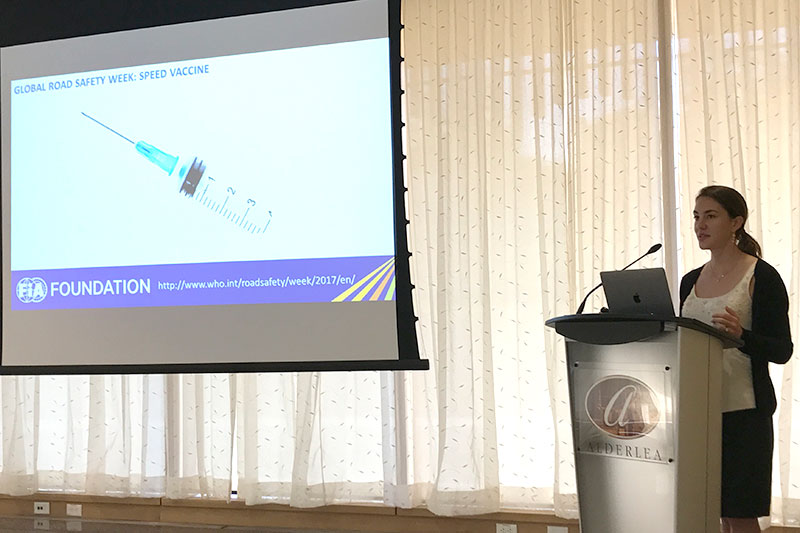
At the University of Toronto School of Public Health, leaders in public health gathered to share global and local examples addressing the leading killer of adolescents - road traffic injuries. The panel was co-hosted by the University of Toronto School of Public Health and the Child Health Initiative.
Canadian public health practitioners met on September 21 at the University of Toronto School of Public Health to present public health interventions aimed at protecting children and adolescents from road traffic injuries. As in other developed countries, road traffic injuries are the leading killer of children over age five in Canada.
Panelists focused on speed management and pledged their commitment to safe and healthy journeys to school, pointing to the benefits that extend far beyond safety. The highest public health official in Toronto, Eileen de Villa, Medical Officer of Health for the City of Toronto said, “Active travel isn’t moving in the right direction. In Toronto, the number of kids who walk and cycle to school has decreased in the last 20 to 30 years. Regular physical activity, including walking and cycling, has significant benefits for the entire population – it affects cardiovascular health, obesity, mental health, and diabetes, for example. Countries that have more physical activity see improvement in these areas.” Emphasizing the power of speed management to make roads safer for active travel, Dr. de Villa signed the Child Health Initiative speed vaccine campaign along with Ross Upshur, Head of Division of Clinical Public Health, signing on behalf of Adalsteinn Brown, Interim Dean, University of Toronto School of Public Health.
Dr. de Villa was joined on the panel by: Natalie Draisin, North American Director and UN Representative for the FIA Foundation; Barbara Gray, General Manager for Transportation Services, City of Toronto; Pamela Fuselli, Vice President, Government & Stakeholder Relations at Parachute Canada; and Valerie Smith, Director, Solutions, Parachute Canada. The panel was moderated by Dr. Lawrence Loh, Associate Medical Officer of Health, Peel Public Health and Adjunct Professor at the University of Toronto School of Public Health Office of Global Public Health Education & Training. Panelists focused on road safety for children as a social justice issue, which calls for data-driven solutions. “We have to focus on safe mobility for children, particularly those in low socio-economic areas. Often, walking and cycling is their only option for getting around. Data is the foundation of what we do, and it’s helping drive the five-year Vision Zero plan we adopted last year. Vision Zero has transformed the way transportation professionals are solving problems,” said Barbara Gray, former Deputy Director for Transportation in Seattle, Washington.
To lead the way in regional efforts to implement Vision Zero, the Region of Peel, adjacent to the City of Toronto, is developing its first Transportation Safety Strategic and Operational Plan and hopes that other regions will join. Following the panel at the University of Toronto, the Region of Peel convened local officials from public health, enforcement, education, media, engineering and transportation to provide inputs to the plan, organized by Lorenzo Mele, Advisor, Healthy Design. Natalie Draisin presented international best practices to implement Vision Zero, focusing on protecting vulnerable populations such as children: “At the heart of every successful Vision Zero plan is data. We must go beyond reactive data, to proactive data that predicts where crashes will occur. Around the world, initiatives like the International Road Assessment Program have helped us predict the crash before it happens, preventing serious injuries and deaths. I’d like to congratulate you on developing your first Transportation Safety Strategic and Operational Plan, and urge you to look beyond the data you already have, to data you can easily collect in areas where your most vulnerable population – your children – live, learn, and play.”






